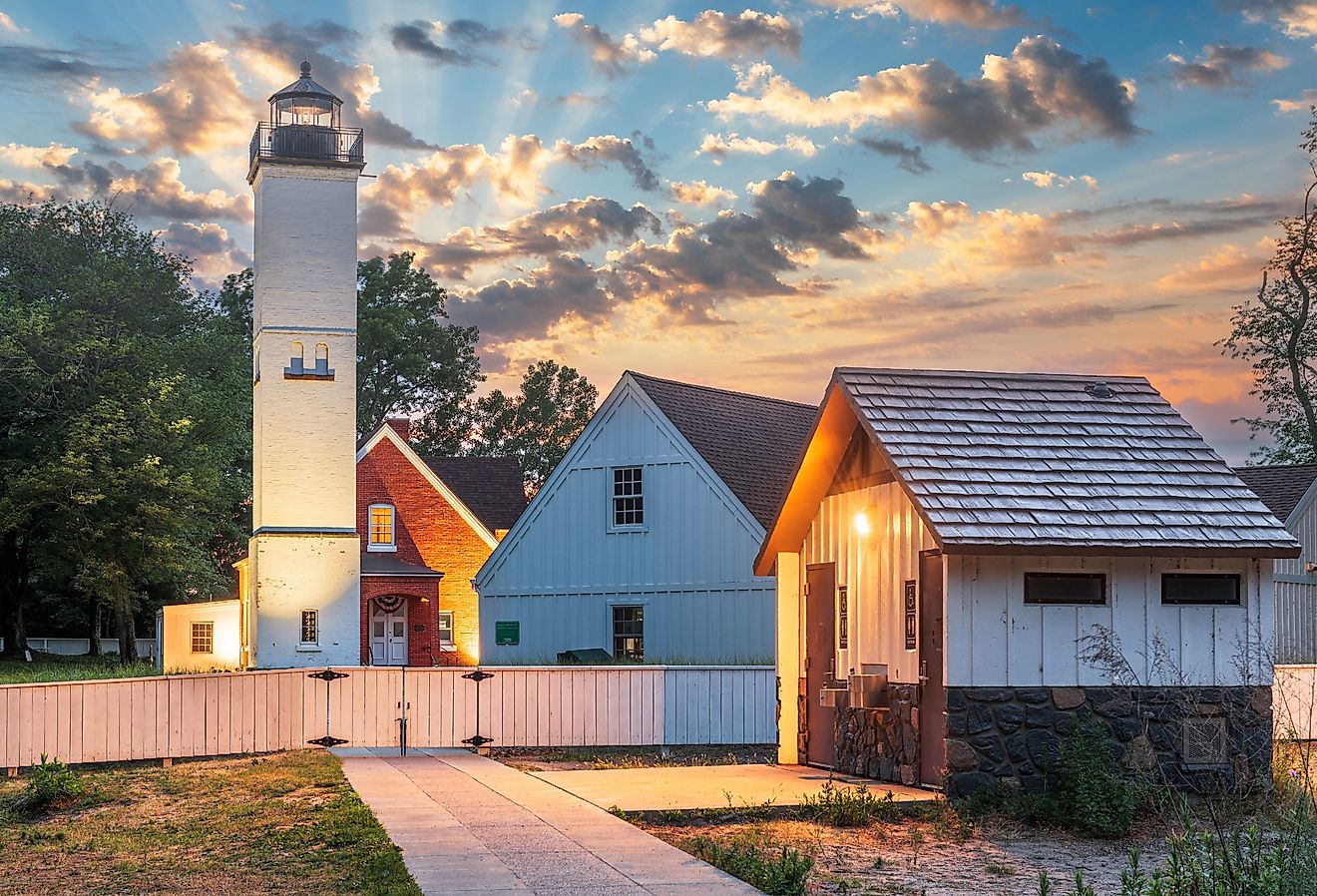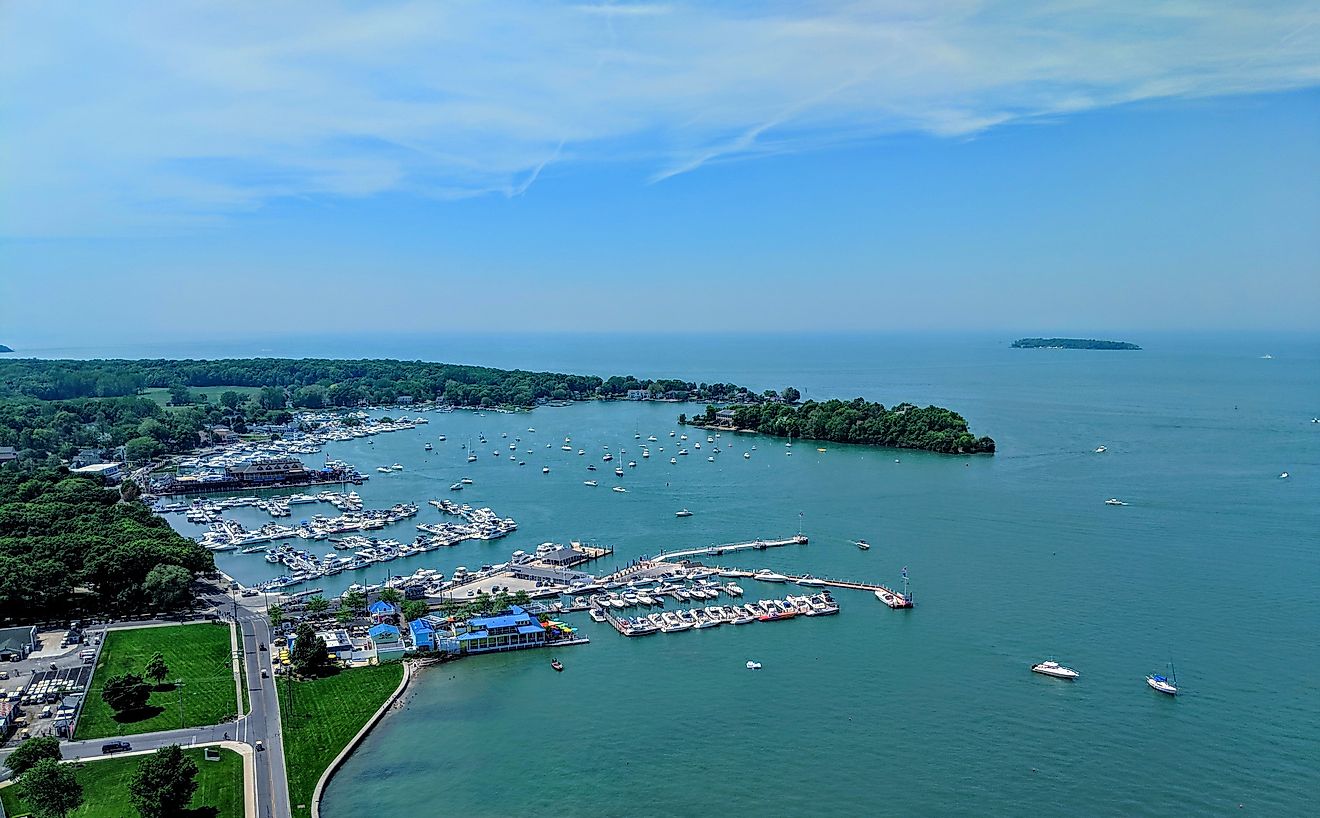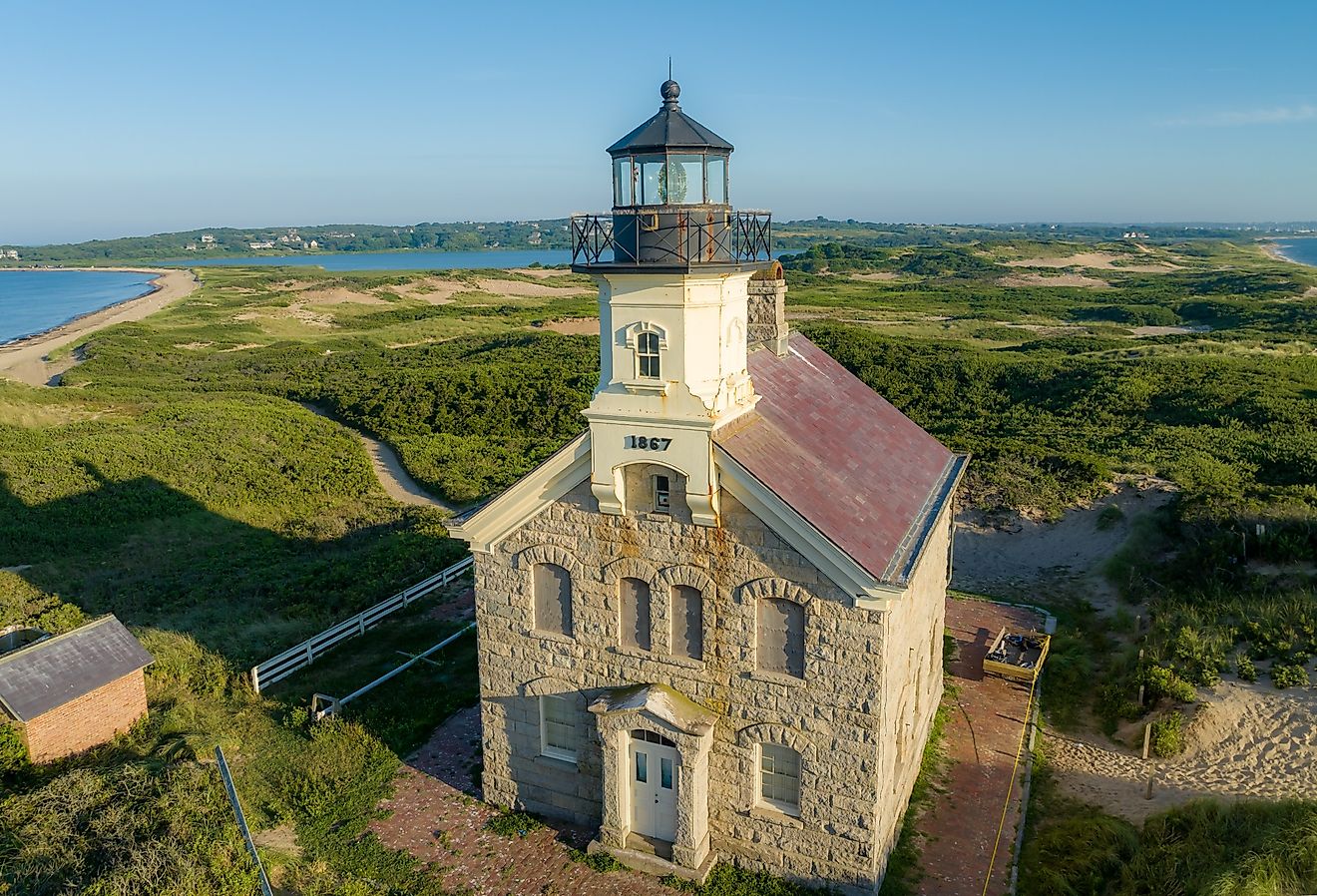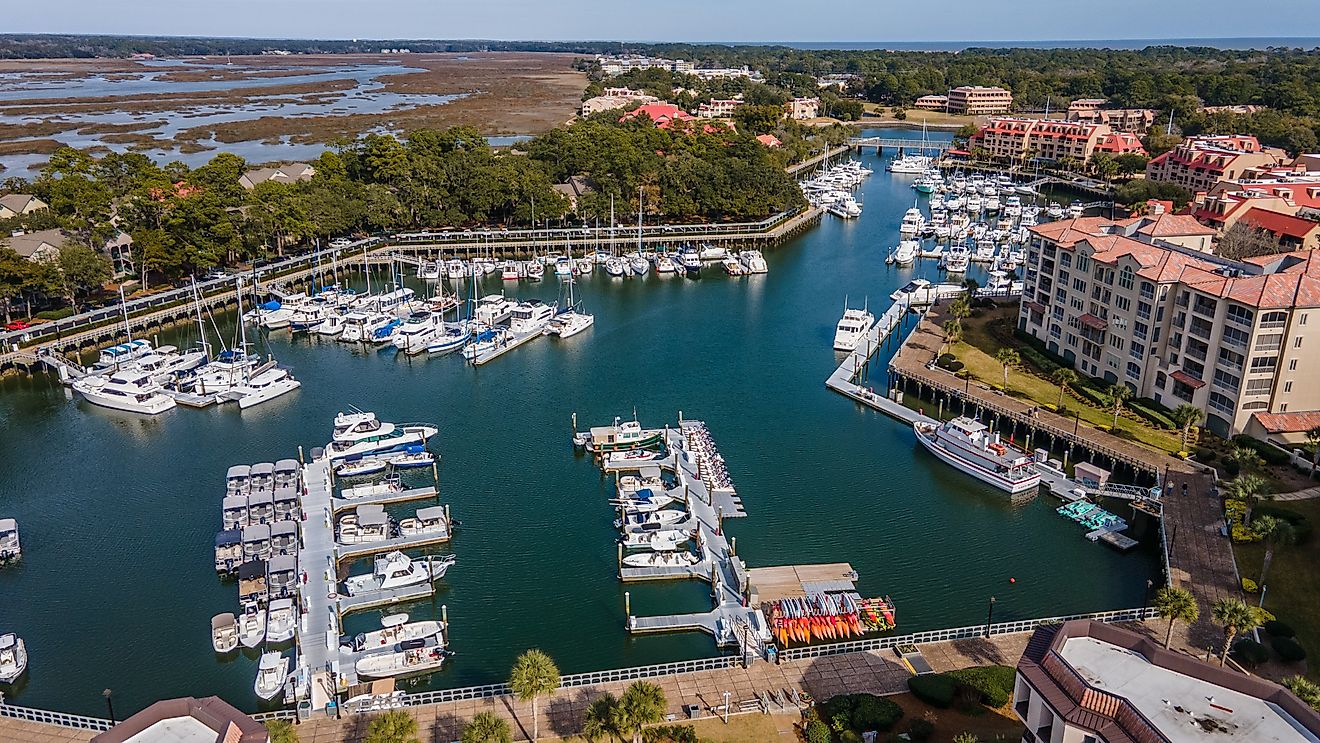
Los Roques Archipelago
Covering a total area of 40.61 km2, the Los Roques archipelago comprises more than 350 uninhabited cays, islands, and islets and is situated about 128 km to the north of the La Guaira port in the Caribbean Sea. Los Roques is a federal dependency of the Bolivarian Republic of Venezuela. Together with the ABC Islands (Aruba, Bonaire, and Curaçao), the Los Roques archipelago forms a part of the Leeward Antilles.
Geography
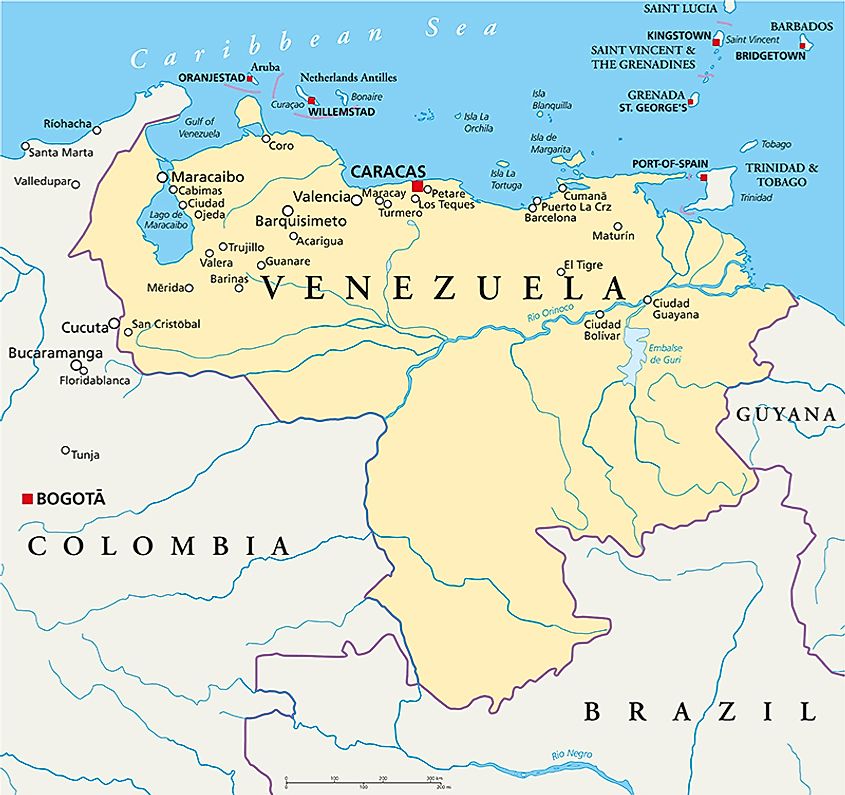
The Los Roques archipelago is an extensive coral atoll with two external barriers that are formed by coral communities. The archipelago also contains an inner lagoon and sandy shallows. The coral atoll extends for about 24.6 km north to south and about 36 km east to west. Encompassing an area of 2,211.2 km2, the atoll is made up of 50 islands, 292 keys, and large coral reefs. Cerro El Cabezón rises to an elevation of 120 m and is the highest point on the Los Roques archipelago.
The notable islands on the Los Roques archipelago include Gran Roque, Cayo Grande, Crasquí, Francisquí, Madrisquí, and Nordisquí. The archipelago is very sparsely populated and Gran Roque is its only populated island.
Los Roques archipelago experiences a relatively warm and dry climate due to the influence of trade winds that constantly blow over the archipelago throughout the year. Los Roques enjoys an average temperature of 27.3 °C in July and August. The archipelago receives an average rainfall of 250 mm every year. September and October are the warmest months in the archipelago.
Wildlife

The archipelago was designated as a Ramsar Site in 1996 due to its unique biodiversity and as a food resource reservoir. Due to the rich aquatic life and the wide variety of seabirds in the archipelago, the Government of Venezuela declared the Los Roques archipelago as a National Park in 1972. The vegetation of the archipelago is mostly dominated by numerous mangrove species, extensive seagrass beds, and different halophytic and xerophytic species.
Very few species of terrestrial fauna are found on the archipelago and include insects, spiders, lizards, and iguanas. The only native land mammal on the archipelago is the fishing bat. The archipelago hosts extensive marine biodiversity that comprises 60 species of sponges, 61 species of corals, 200 species of crustaceans, 45 species of starfish and sea urchins, 140 species of mollusks, and about 280 species of fish. In addition to this, several species of turtles, dolphins, whales, and rays are also found.
The most significant marine fauna of the Los Roques archipelago are the spiny lobster, pink green conch, green turtle, coral reef fish, and 92 avian species. More than 50 species of migratory birds can be found here including the brown booby, the brown pelican, red-legged one, and guanaguanare gull. The globally endangered turtle species that are found in the archipelago are hawksbill turtle, leatherback turtle, green turtle, and loggerhead turtle.
Brief History

The Indigenous Caribbean peoples were the first settlers on the islands, who visited from neighboring lands to collect fish, turtles and for extracting salts. The islands were then permanently settled by the families of fishermen who came from Margarita Island. The early Spanish explorers sighted the islands and in 1589, they were formally taken over by the Venezuelan colony. The islands of the archipelago, Gran Roque, Cayo Sal, Carenero, etc were named by the Sociedad Mercantil Real Compania Guipuzcoana in the 18th century.
The President of now-independent Venezuela, Antonio Guzmán Blanco, included Los Roques and other nearby islands into the Territorio Colón in 1871, while Gran Roque became the territory’s administrative center. Due to the emergence of the bubonic plague epidemic in the early 20th century, the Government of Venezuela declared the Gran Roque island to be a quarantine site. On July 20, 1938, the islands became a part of the Federal Dependencies of Venezuela. The archipelago was then declared as a National Park on August 8, 1972.
The Los Roques archipelago is famous throughout the world for its warm waters and coral reefs and is considered to be a coastal marine paradise in the southern Caribbean Sea. The archipelago receives thousands of tourists every year who visit the islands to enjoy birding, fishing, diving, snorkeling, windsurfing, kitesurfing, and other recreational activities.




